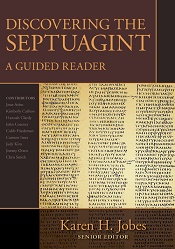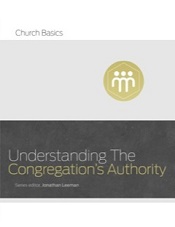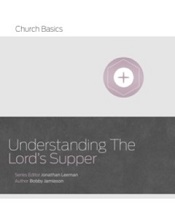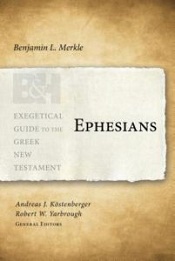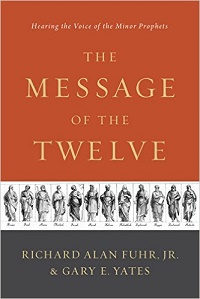 “The great tragedy of the world is not that it is unreached but that it is undiscipled.”
“The great tragedy of the world is not that it is unreached but that it is undiscipled.”
Would you believe that “in the USA there is one trained Christian worker for every 235 people” and that “once you leave the USA, that drops to one trained Christian worker for every 450,000 people”? This is the conclusion M. David Sills, author of The Missionary Call and Reaching and Teaching, has reached after a long and fruitful ministry in Ecuador serving as a missionary, church planter, and ministry leader trainer. Sills is now a professor of missions at The Southern Baptist Theological Seminary and is the founder and president of Reaching & Teaching International Ministries. Sills is also the author of
The great commission calls us to reach the unreached with the gospel that we might see them saved. And with each passing year more and more people are reached and this call is answered more and more. But the great commission is more than just a call to evangelize – it is also a call to disciple. Contrary to some missiologists, Sills believes that the problem worldwide missions has is not that it is not reaching unbeliever with the gospel and seeing conversions but that it is not reaching believer’s with the gospel after conversion through good discipleship.
While many people believe the USA is in a post-Christian state, it still enjoys more ministry leaders, trainers, and resources than any other country in the world. “However,” says Sills, “around the world new believers who have come to the Lord with families saturated with false religions and anamistic worldviews will interpret the little they know about Christ against that backdrop, and the result will be syncretism at best.” (2) If the new believer’s in these now-reached people groups are not discipled correctly then they will in turn disciple new believers in the same unsatisfactory way. We need solidly discipled Christians to be equipped to disciple new believer’s in a sustainable way. Further, they need tools to do so.
It is for the purpose of supplying these tools that Sills has written Hearts, Heads, and Hands: A Manual for Teaching Others to Teach Others (B&H, 2016). As the title indicates, this book addresses the three key areas of discipleship which focuses on the whole person: head, hearts, and hands. The book divides the three discipleship areas into nine modules so that trainees receive instruction in each area. The Heart sections cover spiritual disciplines such as prayer, fasting, Bible reading, the fruit of the Spirit in Galatians 5, and the nine aspects of the believer’s thought life as found in Philippians 4:8-9. The Head sections cover areas such as systematic theology, church history, hermeneutics, and counseling. The Hands sections cover things like the pastor’s life, the ordinances, church finances, and church discipline.
The book is written with two helps for walking through the material. First, the bulk of the book presents the material in the form of a book. This walks through the material in a way as to explain all of the parts covered to the trainer themselves. It weaves together teaching you the material and along with teaching you how to in turn teach it. Secondly, at the end of the book is an almost 300 page detailed outline of the material for the trainer to use while teaching the material. This is extremely helpful as it is much easier to teach from an outline and the work is already done for you.
Hearts, Heads, and Hands is a missionaries dream in terms of giving them a comprehensive discipleship plan for new believers which addresses the whole person. While the book is written by a missionary for missionaries, I can see where this book would be useful for pastors and ministry leaders in the USA. I can see missions agencies training their new missionaries with this book and training them to use it to disciple new believers where the Lord sends them.
I received this book for free from B&H for this review. I was not required to write a positive review. The opinions I have expressed are my own. I am disclosing this in accordance with the Federal Trade Commission’s 16 CFR, Part 255 : “Guides Concerning the Use of Endorsements and Testimonials in Advertising.”



